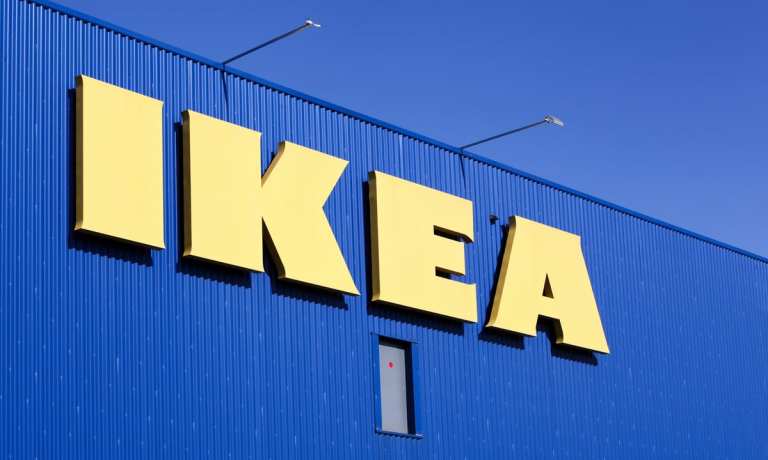
At a time when the pandemic has caused consumers to rethink everything from how they get their food to where they want to work, the latest lifestyle trend that’s getting a look involves simplifying and downsizing into a so-called tiny house.
These typically eco-friendly dinky dwellings can be as small as a studio apartment, often come on wheels, and come with price ranges and finishings that go from a modest backyard she-shed or mancave to a custom-designed seaside cabana. While the whole tiny house movement dates back to the 1970s, the fact that these lovely little homes are now being offered by Swedish flat-pack furniture giant Ikea in partnership with Wisconsin-based Escape could take the trend to the mainstream masses.
“Ikea’s tiny home looks pretty damn cozy” a recent profile from tech and gadget site Ubergizmo declared of the $47,500 BOHO XL, a 215-square-foot model co-designed with Escape that includes solar-powered hot water heater and a self-composting toilet.
“It was a natural pairing,” Escape Founder Dan Dobrowolski said. “We feature many Ikea products in our various tiny home designs around the country as they mirror the renewable, reusable, and recycled materials we incorporate into the actual structures.”
If $50k for a tiny home seems pricey, Wayfair offers a more modest bunkhouse for less than $5,000.
Land Not Included
Depending on your needs, tiny homes can be towed like a trailer or simply shipped to your destination and parked, assuming you have a level piece of land that can support 10,000 pounds or more. Of course wherever you take root, local building codes and zoning regulations still need to be followed, as well as considerations made for how you plan to handle power, water and sewage.
For those inclined to try before they buy, there are tiny villages and resorts around the country — and world — that allow curious-minded downsizers the chance to kick the tires on the tiny lifestyle before going all in. Tiny rentals are available on Airbnb all over the country, while tiny planned communities in places like Tampa or Coastal Carolinas are also increasingly available.
If the tiny trend catches on, it will mark a major reversal in the real estate industry where the average single-family home in the U.S. has grown about 60 percent, going from roughly 1,600 square feet to over 2,600 in the past 50 years. Affordability is another consideration given that the median home price in the U.S. is now above $300,000 — and substantially higher in places like California.
There’s also a demographic catalyst at play that has seen younger, first-time home buyers shunning huge, multi-bedroom suburban homes in favor of communities with lifestyle amenities like commuter bike lanes, coffee shops and culture.
“Downsizing and living in smaller spaces are firmly established trends in Switzerland,” Ikea said, while showcasing many of its goods in the tiny home of “Fabienne,” a Family Club member who realized her dream of moving into her own micro-home.
“I consciously wanted to rid myself of the things I did not need. I only wanted to hang onto the possessions that were genuinely close to my heart,” Fabienne said.